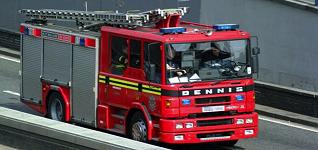

There is no denying it strength is a handy thing to have as a Firefighter, whether it's shipping a 135 ladder, operating the hydraulic spreaders or carrying equipment to and from an incident, strength plays a part.
It is true brute strength isn't always the way; dynamic risk assessment, proper manual handling considerations and finding an alternative are all key factors we must consider in the modern fire service. But on occasion in emergency situations we are left with no alternative and a firefighters physical strength becomes an asset.
The Fire service still recognises the need for firefighters to have a reasonable level of overall physical strength. But it appears that some brigades are often worried that injuries may occur with the improper use of free weights and resistance machines during fitness sessions and are therefore reluctant to promote them.
The key to beneficial resistance training, whether it be free weights or resistance machines is CORRECT TECHNIQUE. Improper form leads to injury, insuffient strength gains and bad posture which can lead to future problems. Most people make the mistake of trying to lift too heavy too soon, sacrificing technique and form - Don't be one of them!!!
There are thousands of websites that give advice on free weight routines and resistance machine exercises. With the guidance of proper fitness professionals a workout can be suited to the need of a serving firefighter easy enough. Listed below however, is a list of tips and recommendations to ensure that you reduce your chance of injury the next time you lift weights or use resistance machines in the gym.
Tips
Warm Up - Use a crosstrainer, rower or treadmill for 10 minutes to properly warm up your muscles and joints
Dynamic Stretches - Use Dynamic Stretches as opposed to static stretches to
ready your muscles for the workout ahead whilst still staying warm
Train the largest muscle groups first - many smaller muscles are used to stabalise the body whilst carrying out larger muscle exercises. If the smaller muscles are worked first they fatigue. Injury is then more likely when you move on to complete your larger muscle exercises as the stabalising muscles have been weakened.
Train Core/Abs last
Maintain a balanced training regime - Pay equal attention to all parts of the body. This ensures a well balanced phisique or figure and helps maintain good posture.
Concentrate on excellent Form -
Maintain a good foundation with feet placed firmly on the floor.
Do not lock out elbows or knees.
Stabalise your core.
Try to limit uneccasary movement or swaying.
Control the lifting and lowering of weights.
Steady controlled breathing.
Use a spotter when needed.
When training alone - Stay within your achievable limits
Warm Down - Using cardio equipment
Maintanance/Development Stretches - Stretch at the end of your session to maintain and improve flexibilty and to return your muscles to their normal length. This also helps with muscle recovery.


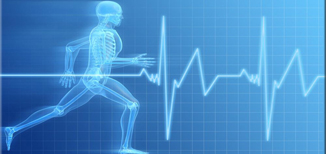
Resistance Training
Don't Forget - warming up and cooling down are two ways of staying one step ahead of injury. You can find some good examples of both dynamic and maintenance stretches on our 'Warm up/Cool down page.
WARNING: Please seek advice from your Doctor before undergoing any exercise recommended on this site.
WARNING: Please seek advice from your Doctor before undergoing any exercise recommended on this site.
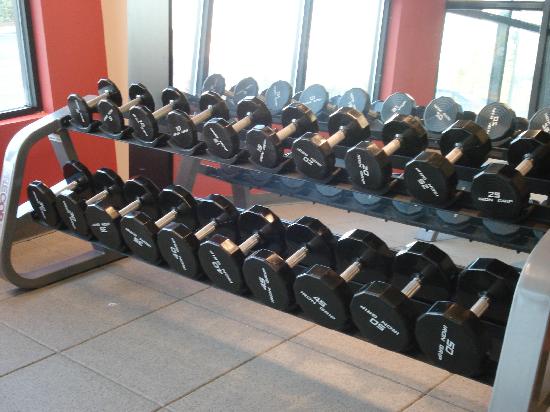
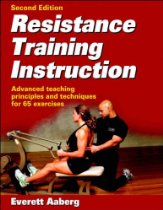
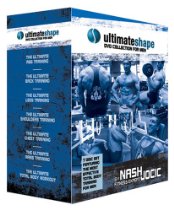
Check out this
awesome DVD
Boxset
awesome DVD
Boxset
So this is what Arnie
used to listen to....
used to listen to....

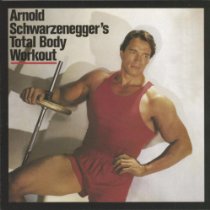
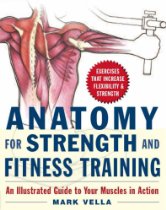
Home
Recruitment
Forums
Fitness
Warming up
Chester Step Test
VO2 Max
TRX
Circuit Training
Interval Training
Bodyweight Training
Resistance Training
Video Clips
Products
Firefighter Tattoos
Firefighter Kids
Contact
The Tsc Heart of a Champion Training & Nutrition Program
The most powerful body transformation guide ever created. Go beyond shredded abs & great pecs and get the direct path to eating right, training properly and transforming your body and life forever. Build lean muscle, burn fat and be fit, fast, and Strong.
The most powerful body transformation guide ever created. Go beyond shredded abs & great pecs and get the direct path to eating right, training properly and transforming your body and life forever. Build lean muscle, burn fat and be fit, fast, and Strong.
